
Basically, cataracts stands for phenomena which results in the clouding of the eye's natural lens. Due to the impact of cataracts one's eye may become yellow or opaque, preventing light from reaching the retina, interfering with the image forming process. Older individuals are more likely to suffer from this condition, even though younger individuals may be bothered by it too.
Reasons behind Cataracts
Even though cataract is usually connected with old age, there are other underlying triggers which can lead to this illness. For example, drug abuse, malnutrition, environmental factors, illnesses and congenital health problems, all can lead to cataracts.
Treatment of Cataracts
Surgery, which is the most common treatment for this kind of health issue, has undergone numerous changes and improvements since its first appearance. In the past, the surgery involved a complete removal of the affected eye lens. Once this was done, the patient needed to wear thick glasses so that he /she could see properly. However, this lead to some additional vision problems which needed to be dealt with by the patient wearing proper contact lenses.
In time, with the development of this type of surgery, people were capable of having implants replacing the eye lenses damaged by cataracts. The first types of these lenses were placed in front of the iris, being the colored part of the eye. However, these implants produced vibrations which damaged the inner parts of the eye, and were, therefore, considered inappropriate and counter-productive.
Fortunately, this area of medicine continued developing and new, advanced lens implants were created. These were placed behind the iris, having no impact on the inner eye. Yet, this solution was not without a flaw. Namely, due to a large size of the lens, large incisions needed to be made.
Thus, later on, phacoimulsification was invented, being a revolutionary advancement in eye cataract surgery, replacing the damaged lens parts with small incisions. Moreover, flexible lenses were invented, capable of being folded and inserted through the small openings created.
Advancement of Cataract Surgery
As the area evolved even more, next step of development involved removing the cataract entirely, inserting the implant straight through the cornea. This resulted in a shorter healing time and a more positive effect.
Still, patients needed to wear glasses after the surgery. This bothered surgeons very much and they invented new methods of surgery in order to eliminate the need for this requirement. While some methods were successful, some were not. Astigmatism correction was the greatest issue.
Today, this barrier is broken as well, with the STAAR Toric IOL implants. Unfortunately, these implants are not covered by insurance companies and are therefore quite expensive. However, they do not require glasses to be worn after the surgery.



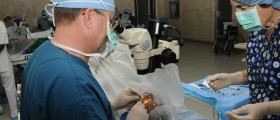




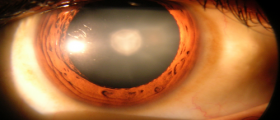
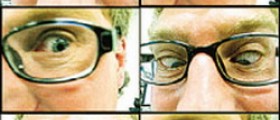


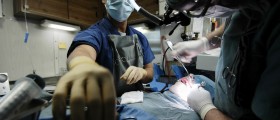


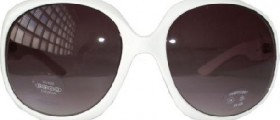

Your thoughts on this
Loading...